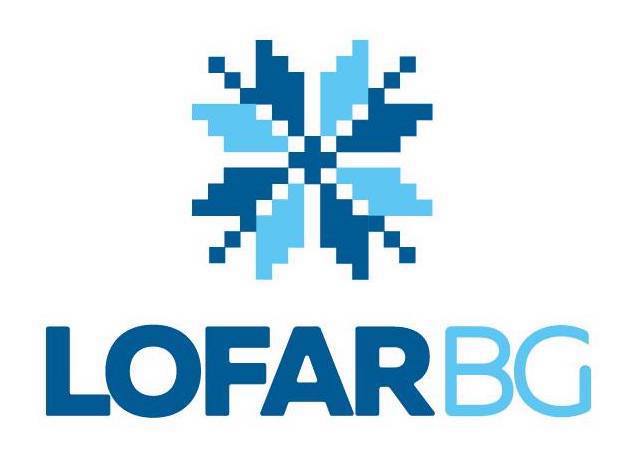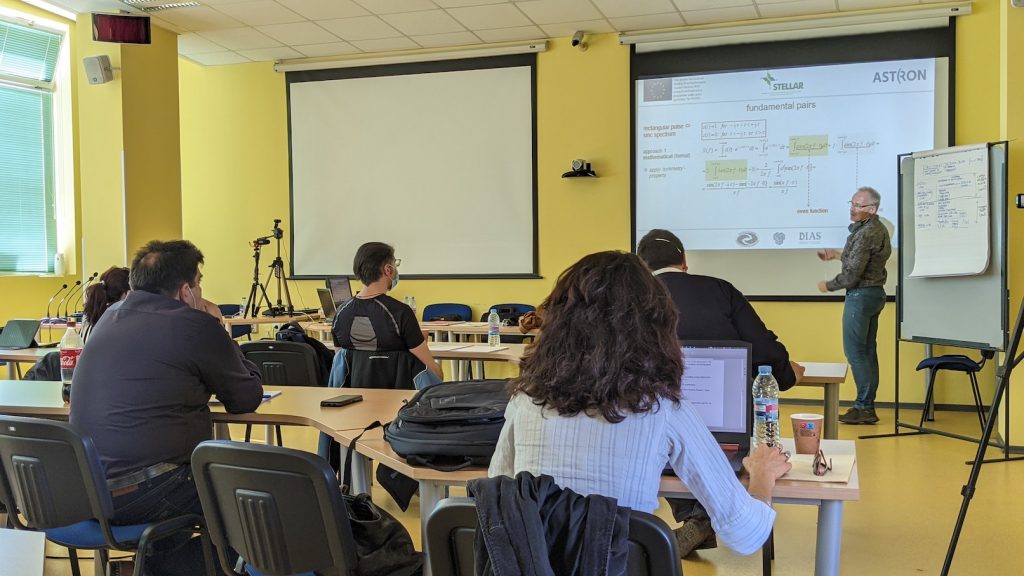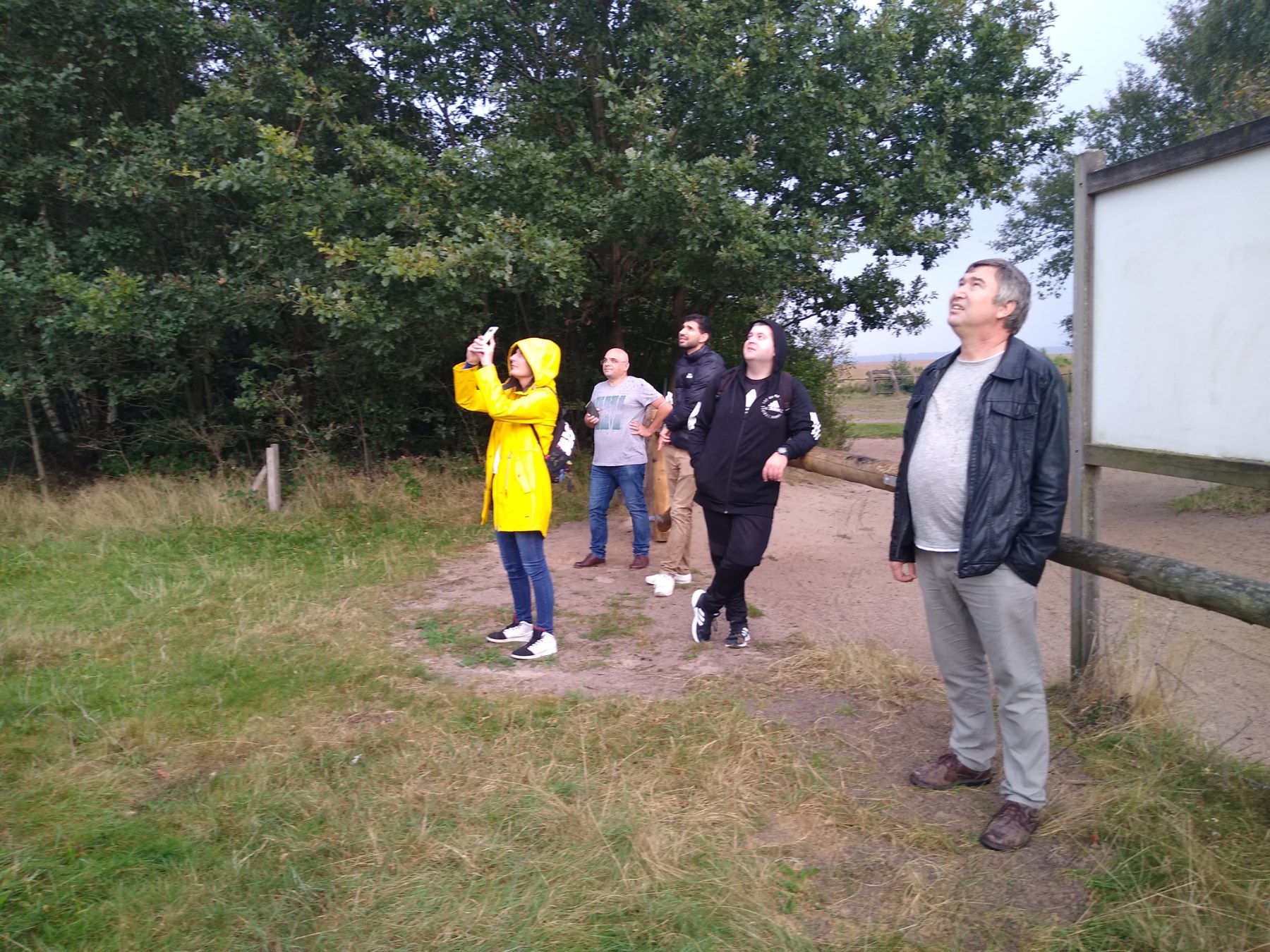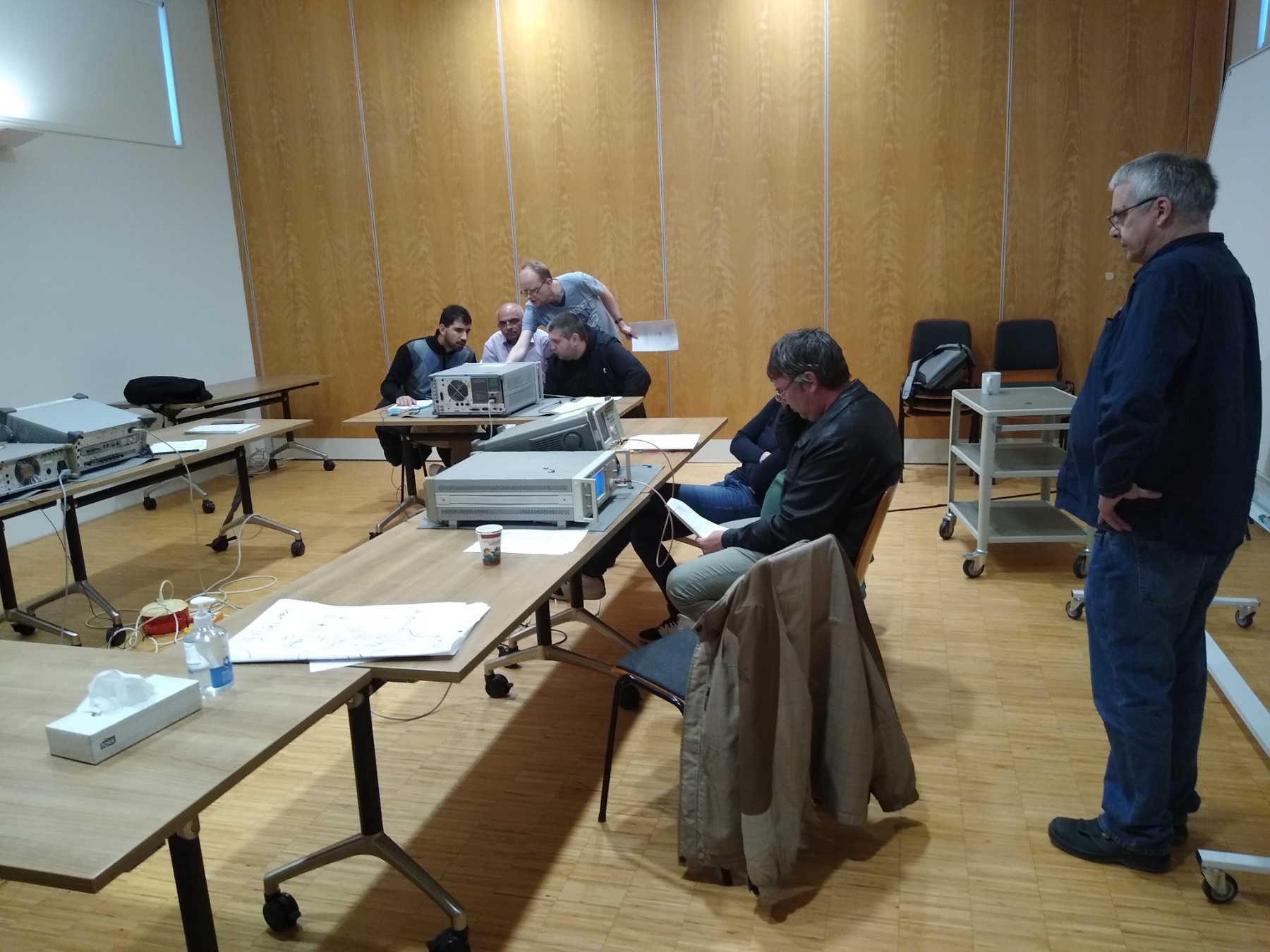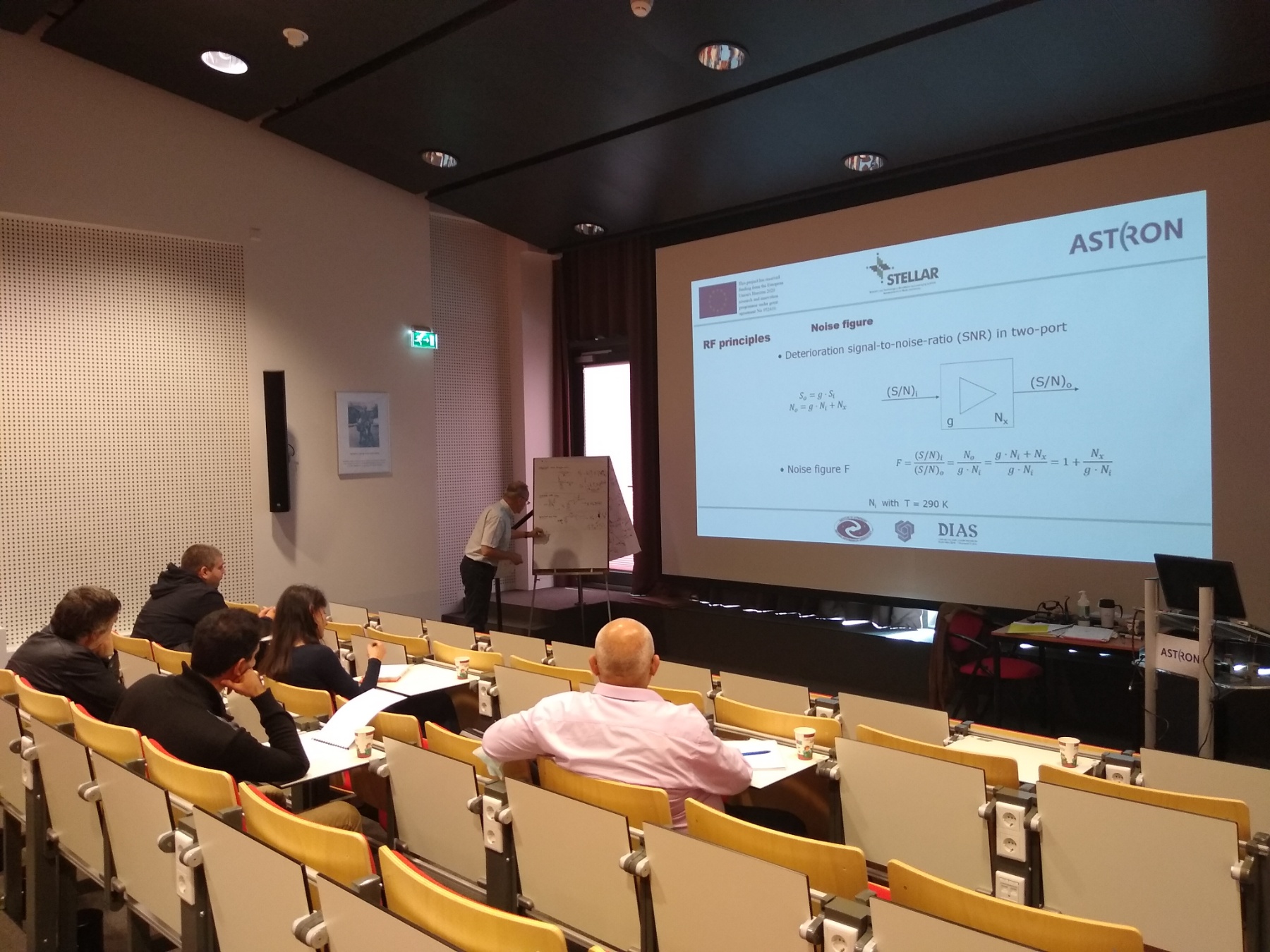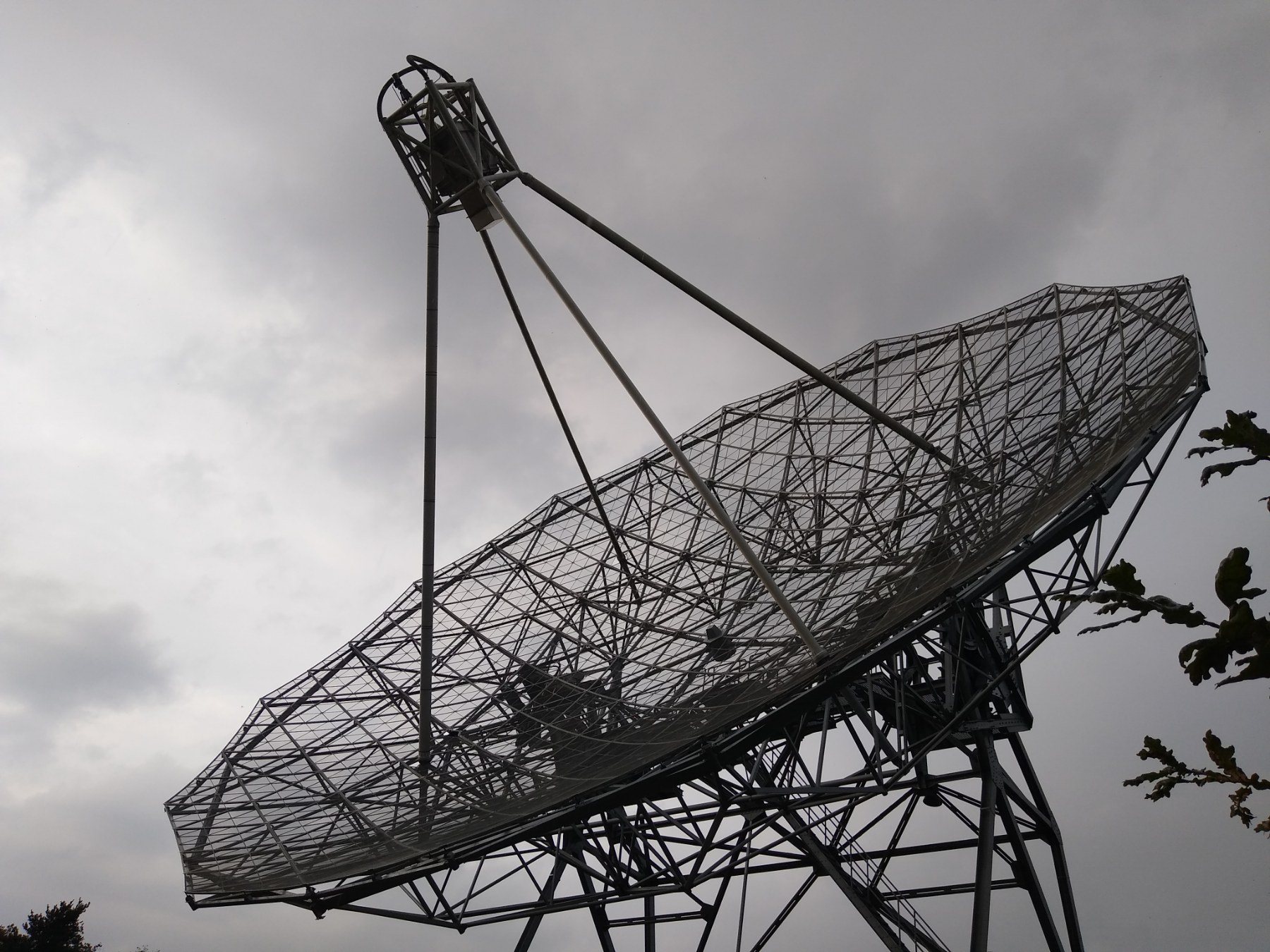STELLAR Seminar on November 2, 2021
The third STELLAR seminar lecture will be by Dr. Harish Vedantham of ASTRON. His online seminar will be held on Tuesday, November 2 2021, at 15:00h CET, over Zoom (connection details below).
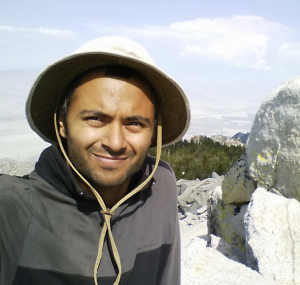
“Radio flashes from plasma storms around exoplanets”
Dr. Harish Vedantham
ASTRON, The Netherlands Institute of Radio Astronomy
Watch the video of the Seminar
Abstract:
Low frequency (< few hundred MHz) radio observations uniquely trace several processes that determine the habitability of exoplanets. Coronal plasma ejections that erode planetary atmospheres can be detected using the characteristic radio bursts they emit. Planetary magnetic fields that largely determine the planetary defence against the stellar onslaught can also be detected using radio observations. Radio observations of such phenomena in the solar system are commonplace. I will argue that the extrasolar frontier is now also within reach thanks to powerful new low-frequency telescopes such as LOFAR. I will describe an observational program using LOFAR to systematically survey the low-frequency radio sky for stellar, brown dwarf and exoplanetary emission with unprecedented sensitivities reaching a fraction of a milliJansky at 150 MHz and below. I will present some early successes of this campaign including (a) the discovery of evidence for magnetic interaction between a star and its planet and (b) the discovery of a cold brown dwarf directly in the radio band using its magnetospheric emissions. I will end with an outlook for harnessing radio astronomy’s unique diagnostic capabilities to advance exoplanet science.
About Dr. Vedantham: Staff astronomer, ASTRON & Visiting Assistant Prof. at Univ of Groningen (2018-current); Recipient of Dutch Vidi grant for 2021.
Past affiliations: Millikan fellow at Caltech (2015-2018), PhD University of Groningen (2011-2015).
